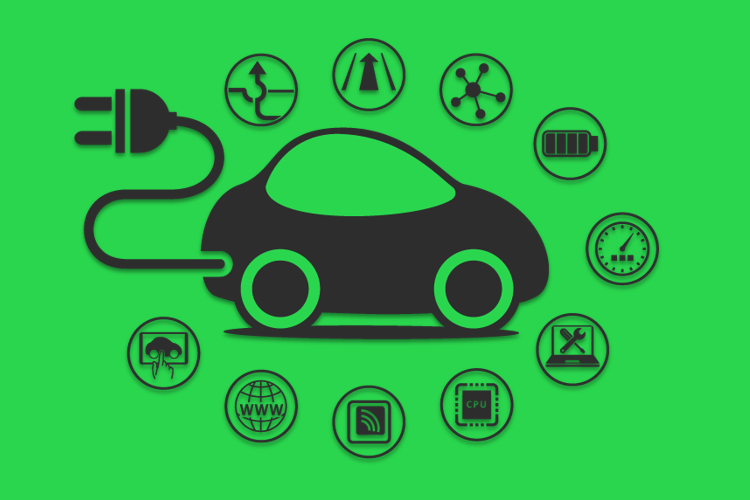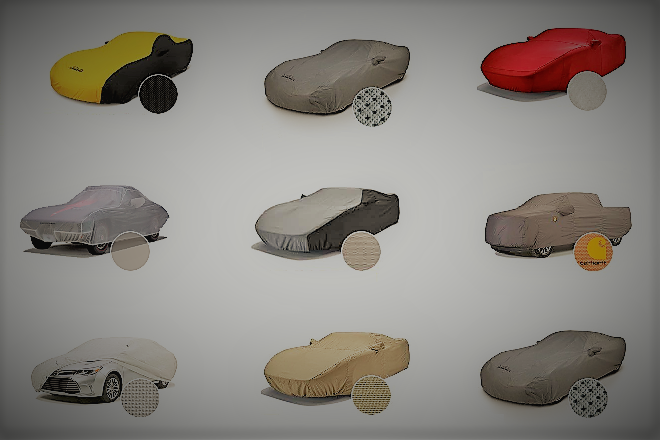Let’s compare EVs vs ICEs vehicles, there are main difference is fuel supply. EVs refer electric while ICEs refer gas, oil, or diesel fuel.
Due to global warming, all industries around the world are trying to reduce their carbon footprint. Cleaner and greener technology is the order of the day.
In light of this movement, as a fleet owner, the thought of shifting to more environment-friendly vehicles such as EVs must have crossed your mind.
Not only are electric vehicles or EVs more environment friendly compared to the conventional internal combustion engines or ICEs, but there are other benefits for vehicle owners as well.
However, considering how difficult it can be for traditional fleets to completely switch to EVs, it’s best to weigh the pros and cons of each engine for a wiser decision.
EVs vs ICEs Vehicles
Consider these factors when comparing electric vehicles and internal combustion engines for your fleet:
Total Cost Of Ownership
If you want to compare the two options, you need to consider the total cost of ownership, including the initial cost and operating cost over the long term.
Due to the non-availability of federal and state incentives, the upfront cost of EVs is higher than ICEs. The key items required to compare EVs and ICEs are fuel, depreciation, and maintenance costs.
Maintenance costs for ICEs are much higher than EVs since they have 1500 moving parts – compared to just 20 for EVs.
Plus, the efficiency of EVs is much higher, with 80% conversion of energy compared to just 15% conversion of energy for ICEs. Higher efficiency means lower fuel costs.
The wear-and-tear for brakes is lower for EVs when drives are trained in defensive driving, a factor that helps in keeping drivers safe.
With lesser maintenance and higher efficiency, EVs have higher replacement cycles. On top of this, you get higher warranties for original equipment manufacturer parts for EVs compared to ICEs.
High Battery Costs
The downside of EVs was the cost of batteries that power the vehicles. However, with the advancement of technology, this would no longer be a problem.
Battery prices are scheduled to come down in the future due to altering the chemical composition of the batteries, optimizing the production cost, and mass-manufacturing.
The batteries that are currently available are NMC lithium and silicon-based lithium-ion. Improvements are being made in batteries using silicon as an alloy.
The battery range or the distance you could travel before a recharge has gone up with technology. From 150 miles, you can now go 225 miles with every charge.
Thus, lower battery prices and better performance will reduce the overall price of the EV. Enhancing the distance will bring EVs on par with ICEs as far as the initial cost is concerned.
Fuel Price
It is very difficult for fleet managers to prepare budgets for fuel costs in ICEs since projecting future prices is difficult. The prices are affected by natural disasters, strikes, geopolitical crises, or natural disasters.
The cost per kWh has been going up for consumers. But, in comparison to fossil fuels, electricity prices are more stable.
The prices are expected to go down with new forms of renewable energy and the lower cost of generation. With more fleet owners converting to EVs, it is estimated that there will be a fall in electricity prices.
When the cost per unit of electricity falls, the operating costs of EVs also go down, making them more competitive compared to ICEs.
Safety Of Vehicles
Vehicle design for ICEs is improving every year, making the vehicles safer than before.
However, EVs are safer compared to ICEs since their battery is centrally placed on the vehicle floor. The occupants and the battery have greater protection with the frame rails and chassis built around the cabin.
EVs not only handle side impact better than ICEs but offer more overall stability and body strength. The battery’s high voltage power source is disconnected on impact, so there is minimal impact on the vehicle cabin.
With the center of gravity being lower, you get better vehicle handling and lesser rollover risk. When compared to fuel, batteries are less inflammable during accidents, thereby ensuring the safety of your fleet drivers.
Plus, tracking technology similar to those used for locating missing airplanes is used in EVs for protection against theft.
No More Range Anxiety
Fleet vehicles cover 20000 miles annually, giving ICEs an edge over EVs. With more gas stations than charging units, it was tough to match the 400 odd miles that ICEs offered after filling up the tank.
Range anxiety was proving to be an obstacle for EVs. Technology, however, is changing all that.
EVs can cover 100 miles with a 15-minute charge. There are plans to deploy high-capacity charging stations with a range from 320 kW to 150 kW.
With more high-speed charging stations and options for charging at the workplace, range anxiety will soon be a thing of the past for EVs.
Emission Norms
With stringent emission norms being laid down globally, most countries are already cutting down the production of ICEs. There is a global ban on vehicles that run on gasoline and diesel vehicles.
OEMs are now being directed to shift to zero-emission vehicles so that air quality and climate goals can be met. Some states have already made zero-emission vehicle regulation a law.
The law mandates a certain percentage of vehicle sales in the EV and plug-in hybrid category, clean energy generation, and an increase in renewable portfolio standards.
As a fleet owner, decisions need to be made based on what is best for the business and future trends in technology. With the projected increase in EV production and low ICE production, EVs will soon be the only choice.
There is a clear shift towards more environment-friendly technology, and EVs certainly meet the requirements. ICEs will not only be less efficient but also attract penalties for not meeting emission norms.
Make A Smart Choice
The trend is towards vehicles that consume less energy and cause less damage to the environment. The energy should be tapped from a renewable source so that supply is not a concern.
In this regard, EVs are the clear winner. Moreover, the disadvantages of EVs are being blurred, thanks to technology.
Whether it is the expensive lithium-ion battery or the high upfront cost, EVs are turning out to be the better alternative over ICEs by making their cars safer, pollution-free, and efficient.




